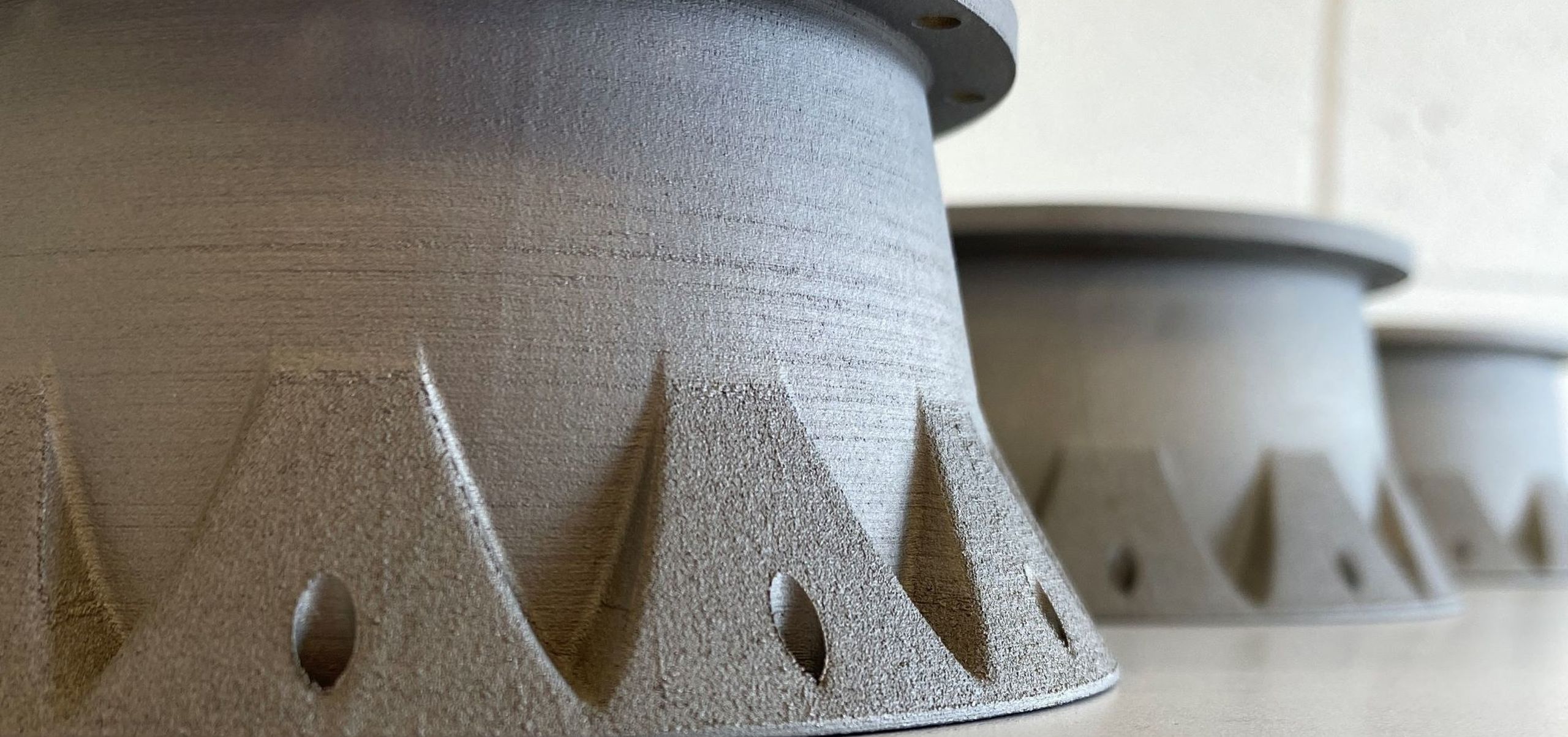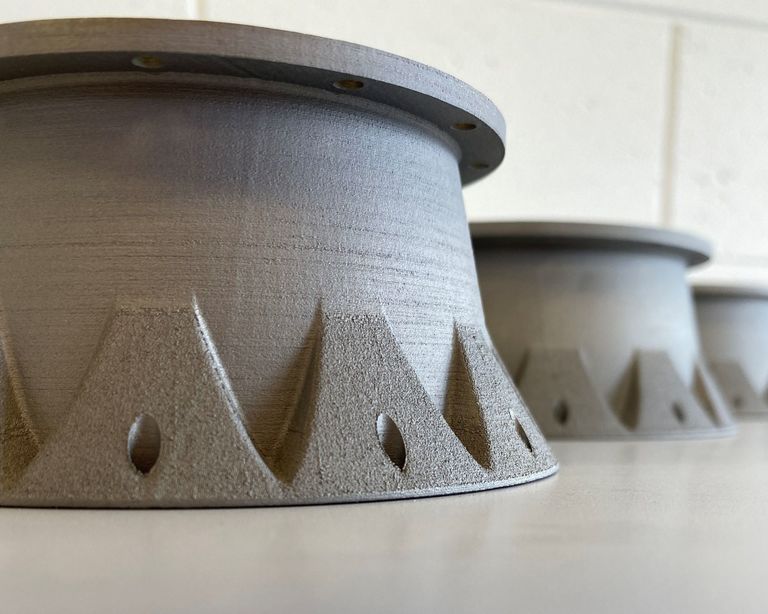Design and technical program progress
Q2, 2020 has seen continued activity in the development and procurement of the ancillary equipment for the engine, along with progress being made to further refine and improve the recuperator.
Unfortunately, little progress has been made in having major prototype components fabricated due to the impact of COVID-19 which has forced the temporary closure of our initial suppliers. Although we have been identifying alternative suppliers, we have been finding that there are challenges across the board for our supply chain. The positive news is that both our original suppliers and the more recently identified alternative suppliers are starting to re-open, but backlogs of their regular orders may result in our one-off prototype components being offered a lower priority than we would like. We are confident that we should be able to resolve this bottleneck in our program soon.
We have recently placed an order for three fuel pumps. One will be used for fuel pump testing (validation of its specifications) which will be undertaken in our workshop facility in Adelaide, while the remaining two will be fitted to the first two prototype engines.
The Finite Element Analysis of our gearbox has been successfully completed and the design is now frozen in anticipation of prototyping and bench testing. These activities will commence in July and are expected to be completed by the end of October at which time the fully tested prototype gearbox will be ready to be assembled to the prototype engine.
An Electronic Control Unit (ECU) has been selected for the prototype engine and software is currently being purchased to allow our own engineers to customise the programming of the ECU to be specific to our engine.
The ongoing development and refinement of the recuperator has been a major focus for our technical team over the last three months. Delays associated with COVID-19 have offered us the opportunity to refine and improve our initial recuperator design. One of the significant takeaways from the additional extensive computational fluid dynamics analyses and subsequent tweaking of the recuperator design is that in order to obtain the optimum efficiency from the recuperator, we have chosen to increase its density. This has resulted in an increased weight for the component and a corresponding increase in weight for the engine as a whole. Our engine benefits from a weight advantage over the competition piston engines. In the trade-off between weight versus fuel efficiency, we felt that we could sacrifice a portion of our weight advantage to be more competitive with the fuel efficiency.
Our latest recuperator design is now with our additive manufacturing partner to be prototyped prior to testing. The earlier designs will still be tested in order to obtain empirical data to correlate between theoretical and actual performance, but the performance of our most recent design is expected to exceed that of our earlier versions and we anticipate that the most recent recuperator design will be adopted for the engine.
Stay up to date with news from TurbAero by subscribing to our updates using the button below.


